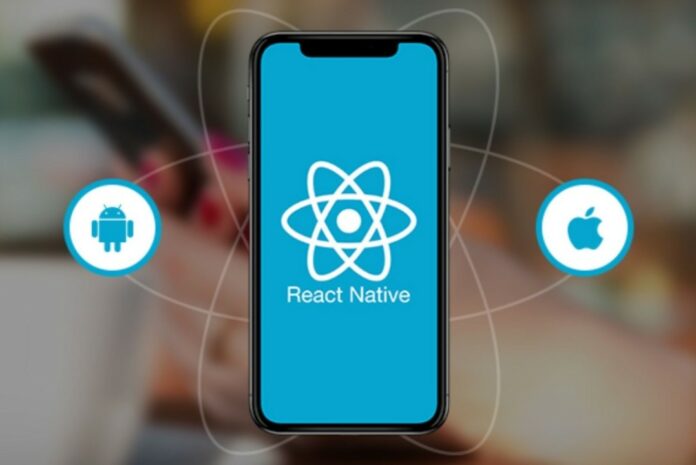React JS is a popular JavaScript library mostly used for building interfaces. It was developed by the employees of Facebook (now Meta), appearing in 2013. Good user experience is usually one of the key aspects in mobile development. Many apps have become popular because they’re comfortable. React JS is a platform that simplifies the process of creating a good user interface, which is a major element in the relevant user experience. That’s why it’s constantly gaining popularity since its first appearance. Do you want to find out more about React development? In that case, visit the following link: https://keenethics.com/tech-front-end-react
Advantages of using React JS for Mobile App Development
React JS in mobile development has multiple key advantages. Here are some of them:
- Improved app performance and speed. Using the Virtual DOM and React Fiber platforms, React JS helps save significant resources. Virtual DOM speeds up the app performance by decreasing the DOM loading time through partial changes. React Fiber enables asynchronous processing of requests, helping to load vital elements first.
- Cross-platform compatibility and ease of maintenance. React JS works among multiple platforms, making it perfect for creating apps that can appear both on a mobile and web basis. The compatibility for both iOS and Android is easy to achieve, too, in this case.
- High scalability and flexibility. The component-based structure of React JS makes it highly scalable and flexible. It’s possible to create both small and large apps out of a limited number of elements, which are easy to update due to involving the same code.
Key concepts of React JS development for mobile applications
To understand React JS, it’s crucial to recognize concepts such as components, state, props, and React Native. Firstly, React JS allows building apps via the so-called components. These are reusable elements of code that represent some element in the interface. They simplify app development by making updates to code easy and preventing code rewrites in case one needs to reuse some element. Secondly, one should pay attention to state and props management. State refers to internal data that can change over time, while props are external data passed down to components from their parent components. Using these elements, it’s possible to manipulate many aspects of particular applications. Lastly, one should consider React Native as a development platform. This framework enables the development of cross-platform apps using a single codebase written in JavaScript. Using it, developers can easily create apps for mobile phones.
Best Practices for React JS Development in mobile applications
You should consider multiple practices while developing React JS mobile applications:
1) Mobile-first design: always develop with the mobile users in mind. Think about their specific needs rather than the overall design principles. What works well on the desktop doesn’t function on mobile;
2) Optimizing app performance and speed: always review the ability of your app to work on mobile phones from different price ranges. The better you optimize performance and speed for cheaper options, the higher your user count will be.
3) Security considerations: many users share rather sensitive information via mobile platforms. This means it’s a good idea to provide encryption for their data and enable options such as two-factor identification.
Conclusion
All in all, React JS is a go-to platform if you want to develop a high-quality user interface. The speed of the platform and ease of development make it a perfect option for mobile app development. In case you want to start React JS development, we recommend addressing professionals, such as KeenEthics. They know how to present high-quality interfaces via mobile platforms.

